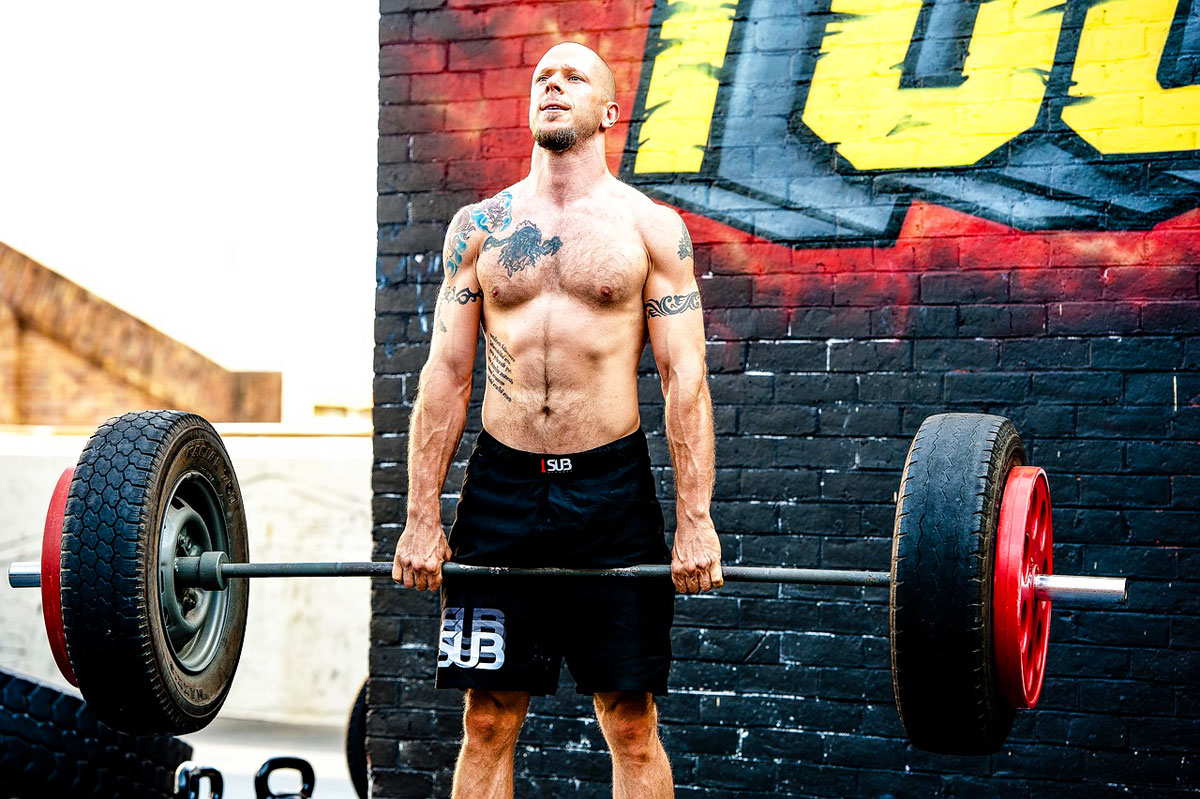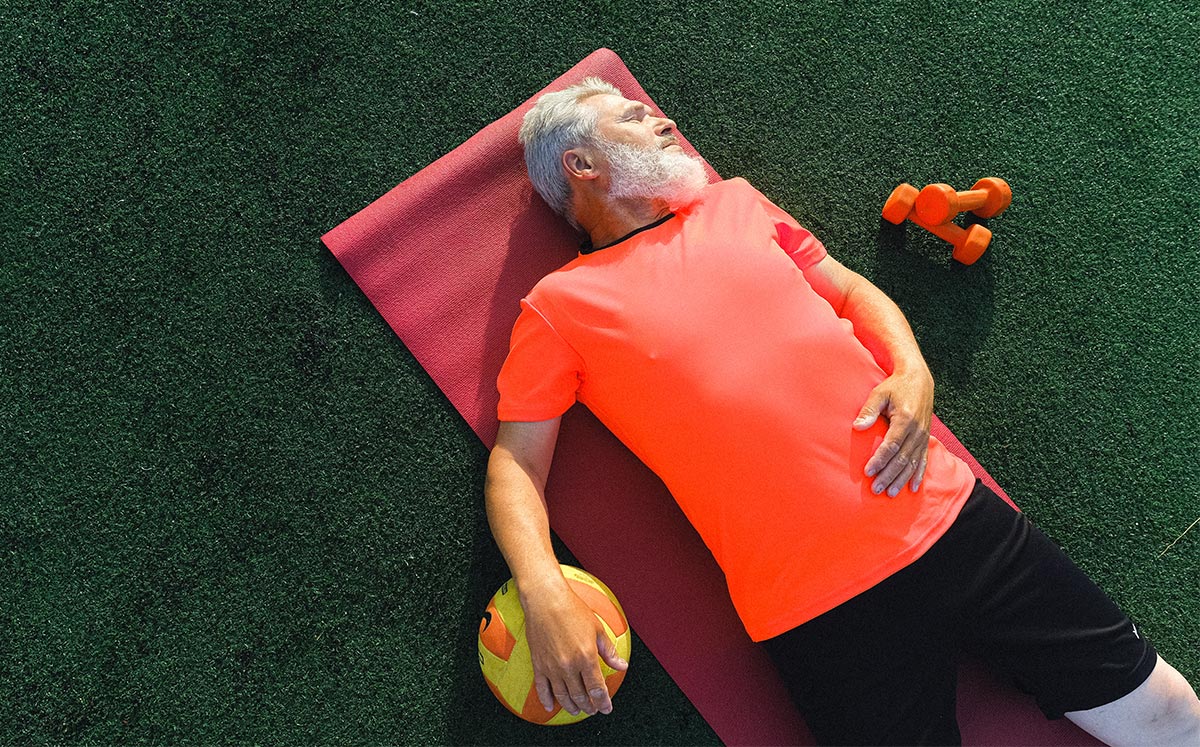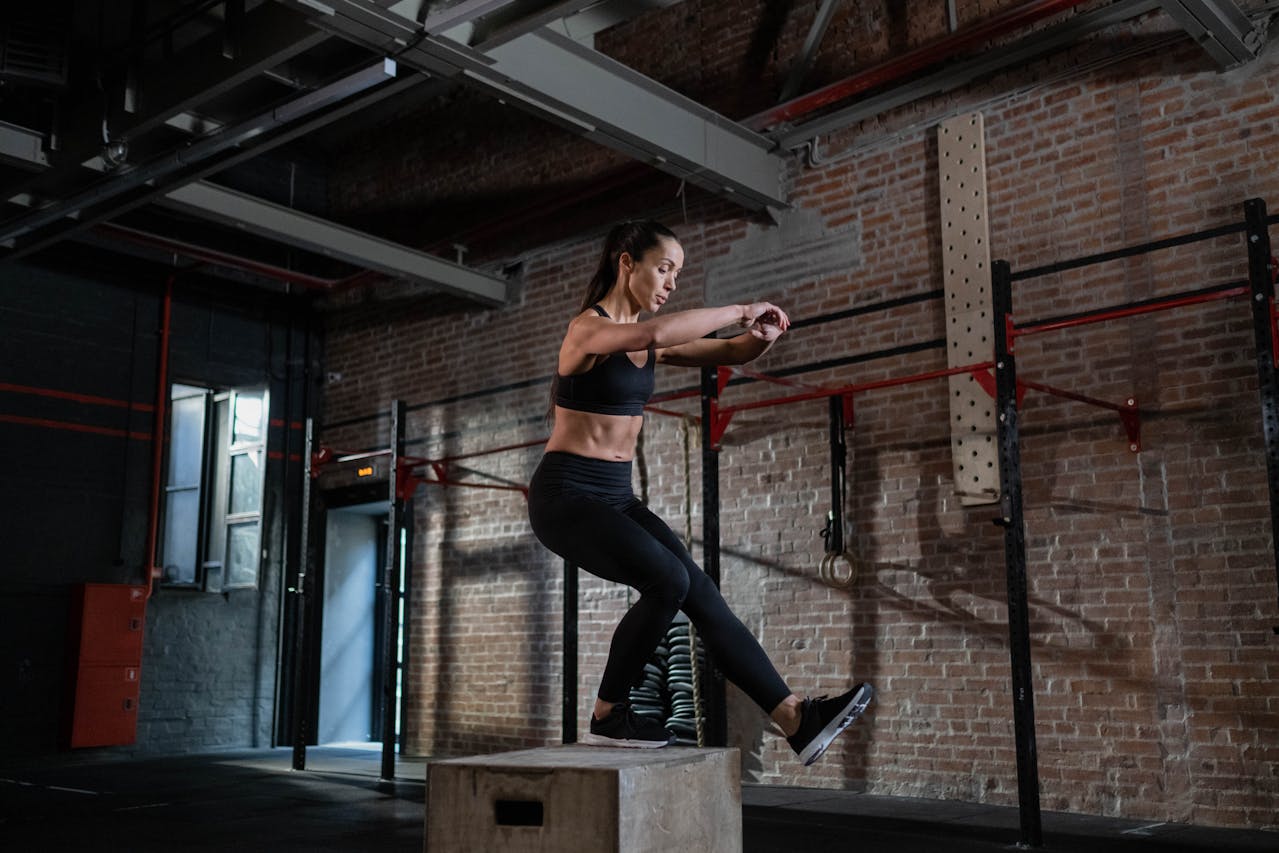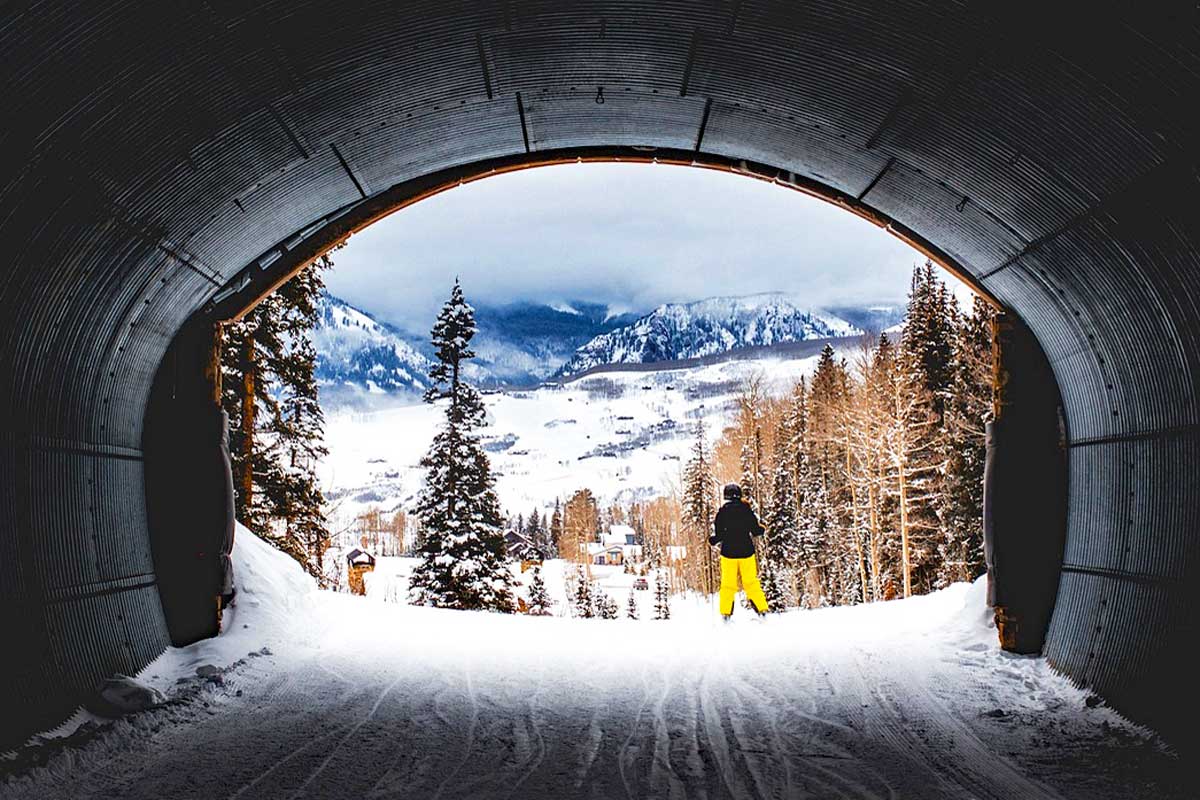Many gym-goers, especially beginners, wonder: “Does deadlifting make you bigger?” The short answer is yes. But, as with all things fitness, it’s not that simple. Deadlifting is one of the most effective compound exercises for building muscle and strength. However, whether or not it significantly increases muscle size depends on multiple factors, including technique, volume, frequency, nutrition, and recovery.
How Deadlifting Stimulates Muscle Growth
Deadlifting is a compound movement that activates multiple muscle groups simultaneously, including the hamstrings, glutes, lower back, quadriceps, and core. But how does it actually contribute to muscle growth?
When performed correctly with progressive overload, deadlifting triggers muscle hypertrophy, which is the process of increasing muscle fiber size. According to recent studies in sports science, lifting heavy weights with controlled volume stimulates Type II muscle fibers—the ones responsible for muscle size and explosive strength. However, deadlifting alone isn’t enough. To maximize muscle gains, you need to pair it with proper nutrition, adequate rest, and a well-structured training program that includes both volume and intensity adjustments.
Mastering Deadlift Form: The Key to Success
Proper form is crucial when performing deadlifts. Incorrect technique can lead to injury and reduce the exercise’s effectiveness. Here’s a step-by-step breakdown:
1. Stand with feet hip-width apart, toes slightly turned out.
2. Position the barbell over your midfoot and grip it just outside your legs.
3. Engage your core, keep your back straight, and push through your heels.
4. Drive your hips forward as you lift, keeping the bar close to your body.
5. Fully extend your hips and knees at the top, then lower the bar in a controlled manner.
Start with moderate weight and gradually increase to avoid injuries.
Deadlift Variations for Muscle Growth
While the conventional deadlift is the most well-known, different variations target specific muscle groups:
Sumo Deadlift: Places more emphasis on the inner thighs and quads.
Romanian Deadlift: Primarily targets the hamstrings and glutes.
Trap Bar Deadlift: Reduces lower back strain and allows for a more upright posture.
Single-Leg Deadlift: Great for balance, core stability, and unilateral muscle development.
Each variation has unique benefits, so incorporating them strategically into your routine can enhance overall muscle development.
Deadlifts vs. Other Exercises: Which Builds More Muscle?
Deadlifts are an excellent choice for overall strength and muscle building, but how do they compare to other exercises?
Squats: Better for quad development but lack the full posterior chain engagement of deadlifts.
Leg Press: Isolates leg muscles but lacks the core and grip activation of deadlifts.
Pull-ups & Rows: Essential for upper-body balance, complementing deadlifts effectively.
A well-rounded program should include multiple exercises to ensure balanced muscle development.
The Role of Nutrition and Recovery in Muscle Growth
Muscle growth doesn’t just happen in the gym—it happens during recovery. After heavy lifting sessions, muscles require proper nutrition and rest to rebuild and grow.
Key elements include:
Protein Intake: Aim for 1.6-2.2g of protein per kg of body weight.
Carbohydrates: Fuel workouts and aid in recovery.
Micronutrients: Vitamins D, C, and zinc support muscle function and repair.
Rest & Sleep: At least 7-9 hours of quality sleep per night is essential for muscle recovery.
Overtraining without adequate recovery can lead to injuries and plateaued progress.
Should You Use a Lifting Belt or Straps?
Weightlifting accessories like belts and straps can help but are not essential for beginners. A lifting belt provides lumbar support for heavy lifts, while straps improve grip strength for high-rep sets. However, relying on them too much can weaken natural grip and core stability. Beginners should focus on raw strength before incorporating these tools.
Common Deadlifting Mistakes and How to Avoid Them
Many lifters make mistakes that limit progress and increase injury risk. The most common errors include:
Rounding the Lower Back: Increases pressure on the spine and can cause injury.
Not Engaging the Core: Leads to instability and inefficient lifting.
Starting with Too Much Weight: Increases injury risk and prevents proper form development.
Focus on technique, gradually increase weight, and prioritize mobility work for optimal performance. Deadlifting is a powerful tool for building muscle mass and strength. However, it should be part of a well-rounded training regimen that includes proper technique, progressive overload, nutrition, and recovery. If your goal is to get bigger and stronger, deadlifting is one of the best exercises you can do—but it’s not a magic bullet. Train smart, eat right, recover well, and enjoy the gains!













